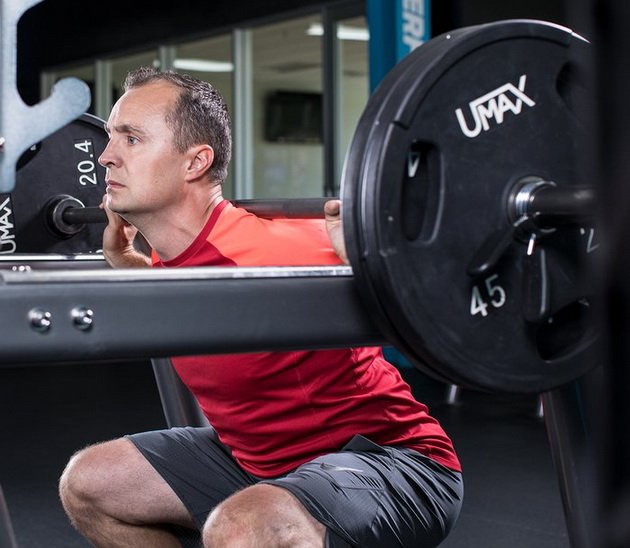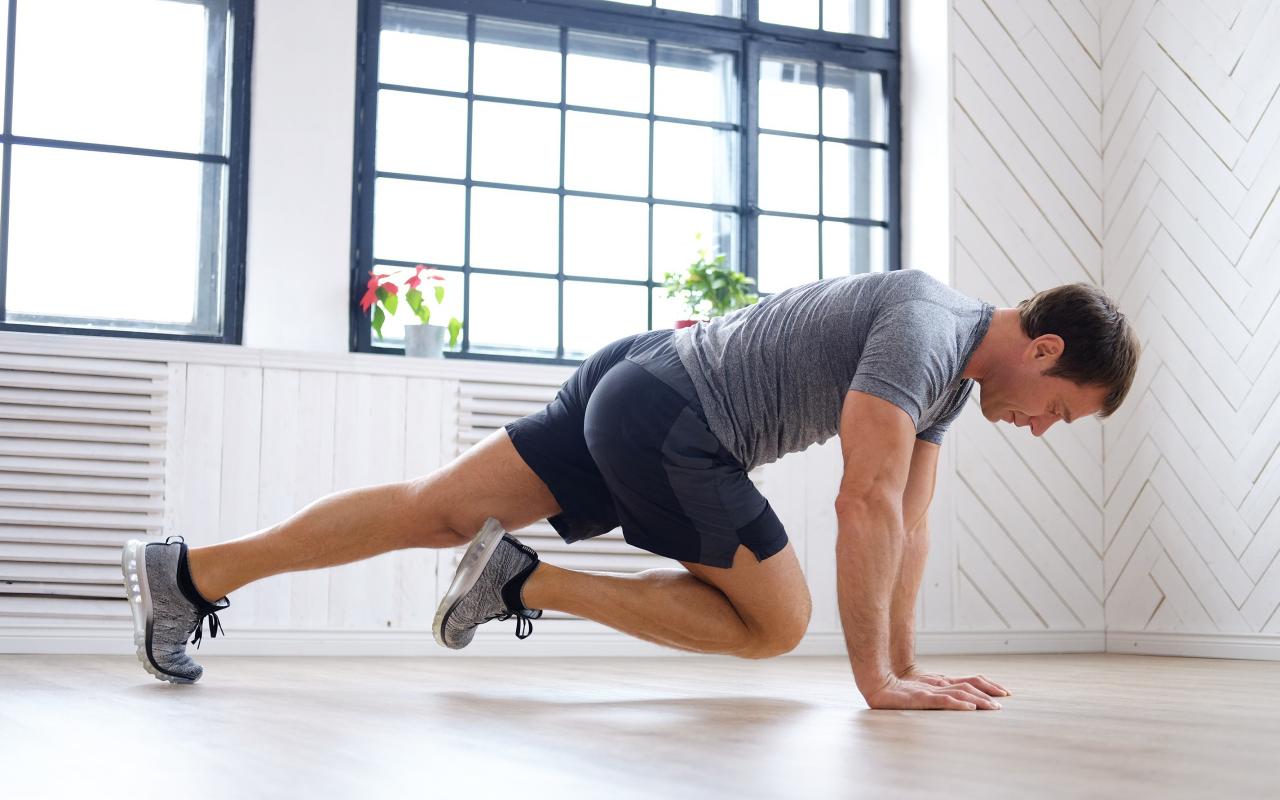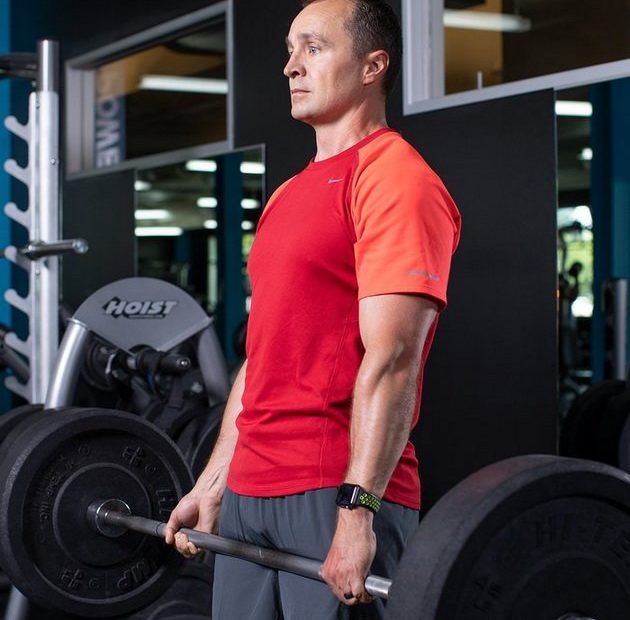Which muscles are more important than others? An expert on training for the elderly believes that it all starts with one muscle group, which affects body composition and quality of life more than other muscles.
Posted by Charles Staley
Question: Is it possible to identify muscles or muscle groups that older athletes should pay maximum attention to?
Good question with no easy answer. The most accurate and useful answer is personalized, depending on the lifestyle, history of illnesses and injuries. For example, if you have poor posture and are constantly plagued by back pain, you need to start by addressing those issues. But if you give general recommendations, I believe that maximum attention should be paid to the muscles of the legs.
I have several arguments to defend my position, and before you head to the squat rack, I suggest you study them.
Independence and independence
The first and main argument is that on strong and healthy legs you move without assistance. They make you independent. Depleted shoulders are no good either, but sore knees or hip joints have a greater impact on your overall quality of life. As long as you maintain and develop strength in your glutes, hamstrings, and quads, you are more likely to keep critical joints healthy and fully functional.
Returning to freedom of movement, a strong lower body helps you move around your environment without risk. A few months ago, I went to the supermarket wearing rubber slippers. It had rained before that, so my feet were wet. As I stepped onto the smooth tiled supermarket floor, I thought I had to be careful. But caution didn’t help – I slipped and fell anyway.
There were no consequences – I was more upset than physically hurt – but this was my first fall in many years, and it seemed to me a much more significant event than when I fell at the age of twenty. Keep in mind, I’m the type of person who is in the best physical condition of my life at 55 and exercise regularly. In the not so distant past, I was still competing in powerlifting, but a single fall caught my attention and made me think about what might have happened.

It’s good that I have the strength to minimize the consequences of such an incident, but I am aware that in 70 or 80 years, such a fall can have more serious consequences. The stronger your legs, the easier it is for you to stand on them in a difficult situation, and even if you slip and fall, you will most likely get off with a slight fright.
Strong legs provide a “margin of safety”
I often give such an example to my clients. Imagine getting out of a chair; in fact, these are squats with body weight. Now imagine two people getting up from a chair with a heavy barbell over their shoulders; these are box squats. One can squat with a barbell of 150 kg, the second can hardly squat with a weight of 20-25 kg. It is clear that the first squat has a much higher margin of safety, that is, the difference between his current needs and maximum capabilities. Accordingly, he is much less likely to be incapacitated or powerless in the face of circumstances.
To be clear, it is not necessary to increase the power potential indefinitely. It is not always good to be an athlete who squats with a weight of 300 kg, as the damage from the wear and tear of the musculoskeletal system outweighs the benefits of such strength. With such a heavy load on your back, a split second separates you from disability.
Strong legs are the key to strengthening the whole body
The muscles of the legs – more precisely, the calf muscles – are sometimes called the “second heart” because they help return circulating blood from the periphery to the center. The stronger and more muscular your legs are, the more successful they are at this important task.
When done right, leg strength training builds not only strength and muscle mass, but also mobility that protects the knees, hips and lumbar spine. For example, doing the Romanian deadlift correctly stretches the hamstrings. In turn, this helps to preserve the lower back, because you can squat, do deadlifts and lunges without bending in the lumbar spine. Likewise, full-range squats improve ankle mobility, and when the ankles move freely, the knees, hips, and spine are not affected by compensatory changes.
Leg workouts build muscle and burn calories
The legs have the largest muscle mass (at least, it should be so), and therefore they have a stronger effect on the metabolic rate and composition of your body than other muscle groups. Leg exercise burns the most calories. The leg muscles send the strongest anabolic signals throughout the body.
In other words, biceps curls will add volume to your arms, but squats and curls will pump more than just your arms. You will become leaner, leaner and more muscular from head to toe. This is why in my Strong Body program, leg exercises are included in every workout. It makes sense that I put leg exercises at the start of my workout. This is the main part of the process!
Choose optimal exercises
A final word on leg training strategies for older athletes. If you have healthy joints and relatively normal body proportions, there are at least two strategies you can use – hip bends and squats.
If you have sore knees, you will get more benefit with less risk from hip bends. Use appropriate exercises. Do your hip joints or back hurt? It is better to do front squats and lunges than deadlifts or back squats. It is not difficult to collect the entire arsenal of alternative exercises for replacement.
The main point – do what you can do to develop strength, mobility and muscle mass, but within reason. If you have arthritis of the knee, try to maintain strength and mobility by all means, but do not set the goal of squatting with a weight of 200 kg. Even if you can achieve it, the risks are too high.
If you have a hernia of the lumbar spine, slow down in heavy deadlifts. As you get older, competent training takes into account more than just progress. Sometimes you have to think about minimizing damage. When setting your training goals, keep in mind success, but don’t forget the price you have to pay.

